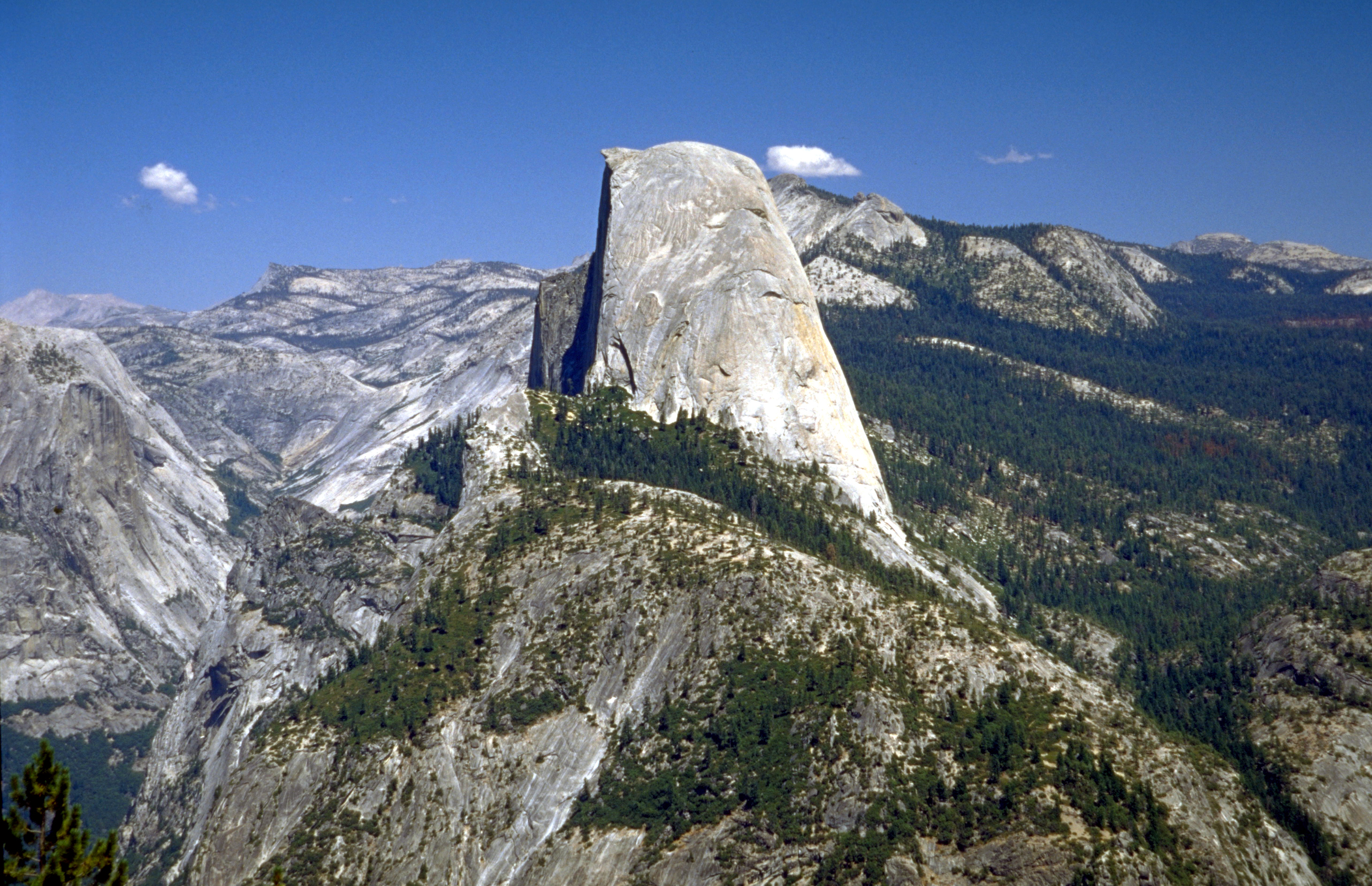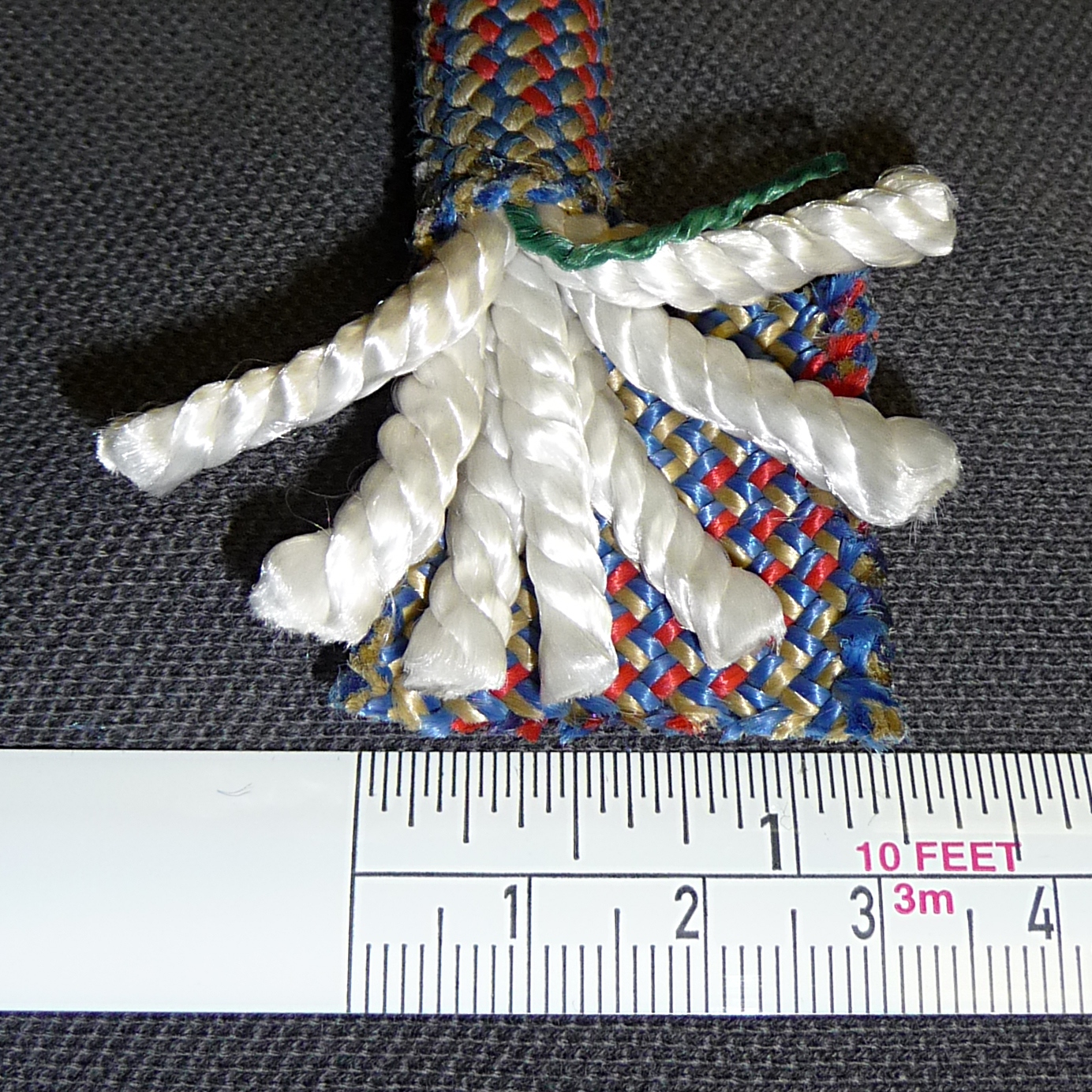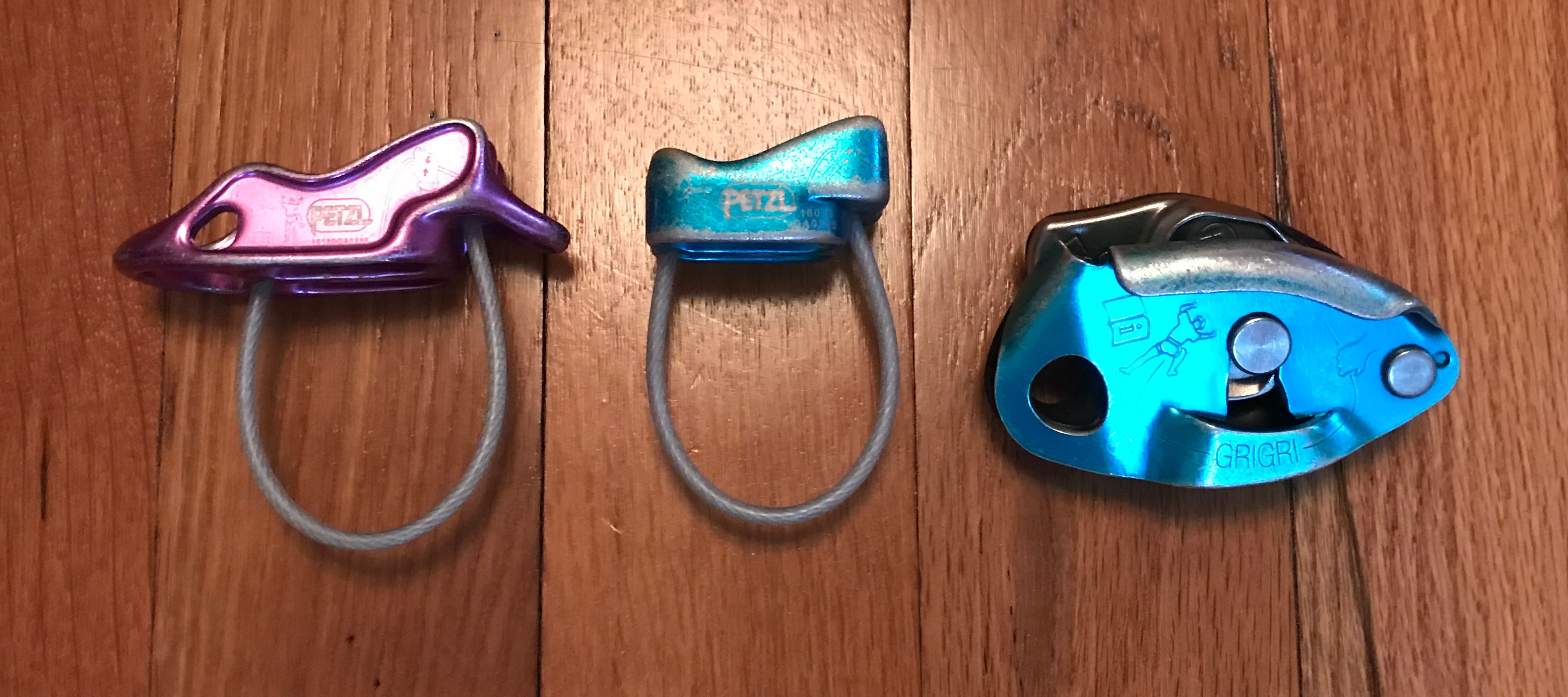|
Grigri (climbing)
A Grigri (styled as GriGri or GRIGRI) is an assisted braking belay device manufactured by Petzl designed to help secure rock-climbing, rappelling, and rope-acrobatic activities. Its main characteristic is a clutch that assists in braking under a shock load. The success of this device has led to ''grigri'' becoming a genericized trademark, common name for devices of this type. In 2011 a new version, the Grigri 2, was released to replace the original 1991 model. Petzl released the Grigri+ in 2017, adding new safety features to the original design. However this made the device heavier and many climbers felt the new safety features (specifically the anti panic handle which stopped the device from lowering when the handle was pulled too far back) got in the way of normal operation when lowering. 2019 saw the release of an updated version of the device, simply called the Grigri. It is named for the African amulet Gris-gris (talisman), gris-gris, believed to protect the wearer from ... [...More Info...] [...Related Items...] OR: [Wikipedia] [Google] [Baidu] |
Cam (mechanism)
A cam is a rotating or sliding piece in a linkage (mechanical), mechanical linkage used especially in transforming rotary motion into linear motion. It is often a part of a rotating wheel (e.g. an eccentric wheel) or shaft (e.g. a cylinder with an irregular shape) that strikes a lever at one or more points on its circular path. The cam can be a simple tooth, as is used to deliver pulses of power to a steam hammer, for example, or an Eccentric (mechanism), eccentric disc or other shape that produces a smooth reciprocating (back and forth) motion in the ''Cam follower, follower'', which is a lever making contact with the cam. A cam timer is similar, and these were widely used for electric machine control (an electromechanical timer in a washing machine being a common example) before the advent of inexpensive electronics, microcontrollers, integrated circuits, programmable logic controllers and digital control. Camshaft The cam can be seen as a device that converts rotational mot ... [...More Info...] [...Related Items...] OR: [Wikipedia] [Google] [Baidu] |
Caving Equipment
Caving equipment is equipment used by cavers and speleologists to aid and protect them while exploring caves. The term may also be used to refer to equipment used to document caves, such as photographic and surveying equipment. Originally, cave diving equipment was quite limited, but the increasing popularity of caving during the 20th century led to the creation of specialist caving equipment and companies. Due to the greatly varying conditions of caves throughout the world, there is a multitude of different equipment types and categories. Cavers exploring a largely dry system may wear a fleece one-piece undersuit with a protective oversuit while cavers exploring a very wet cave may opt to use wetsuits. Cavers in large dry systems in the tropics and in desert climates may simply opt to wear shorts and a T-shirt. History The earliest cavers in Europe and North America were limited in their explorations by a lack of suitable equipment. Explorers of the early 1800s, when caving ... [...More Info...] [...Related Items...] OR: [Wikipedia] [Google] [Baidu] |
Self-belay
Rope-solo climbing or rope-soloing (or self-belaying) is a form of solo climbing (i.e. performed alone without a climbing partner), but unlike with free solo climbing, which is also performed alone and with no climbing protection whatsoever, the rope-solo climber uses a mechanical self-belay device and rope system, which enables them to use the standard climbing protection to protect themselves in the event of a fall. Rope-soloing can be performed as free climbing in a traditional climbing or a sport climbing format. It can also be performed as aid climbing, and a modified version can be performed as top rope soloing. Due to the complexity of the self-belay system, and the greater workloads, it is still considered a hazardous technique. Versions of rope-solo climbing have been used by solo alpine climbers, including by French alpinist Catherine Destivelle, and Italian alpinist Walter Bonatti. Rope-solo climbing techniques have also been used on big wall climbing routes b ... [...More Info...] [...Related Items...] OR: [Wikipedia] [Google] [Baidu] |
El Capitan
El Capitan (; ) is a vertical Rock formations in the United States, rock formation in Yosemite National Park, on the north side of Yosemite Valley, near its western end. The El Capitan Granite, granite monolith is about from base to summit along its tallest face and is a world-famous location for big wall climbing, including the disciplines of aid climbing, free climbing, and more recently for free solo climbing. The top of El Capitan can be reached by hiking out of Yosemite Valley on the trail next to Yosemite Falls, then proceeding west. For climbers, the challenge is to climb up the sheer granite face. There are many named climbing routes, all of them arduous, including ''Iron Hawk'' and ''Sea of Dreams''. Naming The formation was named "El Capitan" by the Mariposa Battalion when they explored the valley in 1851. ''El Capitán'' ("the captain", "the chief") was taken to be a loose Spanish translation of the local Native Americans in the United States, Native American name ... [...More Info...] [...Related Items...] OR: [Wikipedia] [Google] [Baidu] |
Half Dome
Half Dome is a quartz monzonite batholith at the eastern end of Yosemite Valley in Yosemite National Park, California. It is a well-known rock formation in the park, named for its distinct shape. One side is a sheer face while the other three sides are smooth and round, making it appear like a dome cut in half. It stands at nearly 8,800 feet above sea level and is composed of quartz monzonite, an igneous rock that solidified several thousand feet within the Earth. At its core are the remains of a magma chamber that cooled slowly and crystallized beneath the Earth's surface. The solidified magma chamber was then exposed and cut in half by erosion, therefore leading to the geographic name Half Dome. Geology The impression from the valley floor that this is a round dome that has lost its northwest half, is just an illusion. From Washburn Point, Half Dome can be seen as a thin ridge of rock, an arête, that is oriented northeast–southwest, with its southeast side almost as steep ... [...More Info...] [...Related Items...] OR: [Wikipedia] [Google] [Baidu] |
Big Wall Climber
Big wall climbing is a form of rock climbing that takes place on long and sheer multi-pitch routes (of ''at least'' 6–10 pitches or 300–500 metres) that require a full day, if not several days, to ascend. Big wall routes are sustained and exposed and the climbers remain suspended from the continuously sheer and vertical rock face, even sleeping hanging from the face, with limited options to sit down or escape unless they abseil down the route—a complex and risky action. It is therefore a physically and mentally demanding form of climbing. Big wall climbing is typically done in pairs in a traditional climbing format, but with the distinction that the non-lead climber usually ascends by jumaring up a fixed rope to save time and energy. It requires an extensive range of supplies and equipment over and above that of traditional climbing that is carried in haul bags, including portaledges, aid climbing equipment, poop tubes, and food and water. It requires additional techn ... [...More Info...] [...Related Items...] OR: [Wikipedia] [Google] [Baidu] |
Belay
In climbing and mountaineering, belaying comprises techniques used to create friction within a climbing protection system, particularly on a climbing rope, so that a falling climber does not fall very far. A climbing partner typically applies tension at the other end of the rope whenever the climber is not moving, and removes the tension from the rope whenever the climber needs more rope to continue climbing. The belay is the place where the belayer is anchored, which is typically on the ground, or on ledge (where it is also called a belay station) but may also be a hanging belay where the belayer themself is suspended from an anchor in the rock on a multi-pitch climb. Description Belaying is a critical part of climbing safety. Correct belaying methods allow a belayer to hold the entire weight of the climber with relatively little force and easily arrest falls. In its simplest form, a belay consists of a rope that runs from a climber to another person (the belayer) who c ... [...More Info...] [...Related Items...] OR: [Wikipedia] [Google] [Baidu] |
Half Rope
Kernmantle rope () is rope constructed with its interior core protected by a woven exterior sheath designed to optimize strength, durability, and flexibility. The core fibers provide the tensile strength of the rope, while the sheath protects the core from abrasion during use. This is the only construction of rope that is considered to be life safety rope by most fire and rescue services. Parachute cord Parachute cord (also paracord or 550 cord when referring to type-III paracord) is a lightweight nylon kernmantle rope originally used in the suspension lines of parachutes. This cord is useful for many other tasks and is now used as a general purpose utility cord by both military personnel and civilians. Use as climbing rope One of the uses of kernmantle rope is as climbing rope. Nylon ropes that were used in yachts for hauling were tested and found useful in climbing and caving and are now the modern standard. The German company Edelrid introduced the first kernmantel rope ... [...More Info...] [...Related Items...] OR: [Wikipedia] [Google] [Baidu] |
Belay Device
A belay device is a mechanical piece of climbing equipment used to control a rope during belaying. It is designed to improve belay safety for the climber by allowing the belayer to manage their duties with minimal physical effort. With the right belay device, a small, weak climber can easily arrest the fall of a much heavier partner. Belay devices act as a friction brake, so that when a climber falls with any slack in the rope, the fall is brought to a stop. Typically, when the rope is held outward, away from the body, it moves relatively freely, so the belayer can take up or pay out slack. When the rope is brought backward, to the side of the body, the rope is forced into tight bends and rubs against the device and/or against itself, allowing the belayer to arrest the descent of a climber in the case of a fall. This rubbing slows the rope, but also generates heat. Some types of belay devices can arrest a fall without the belayer taking any action, while others require the belay ... [...More Info...] [...Related Items...] OR: [Wikipedia] [Google] [Baidu] |







